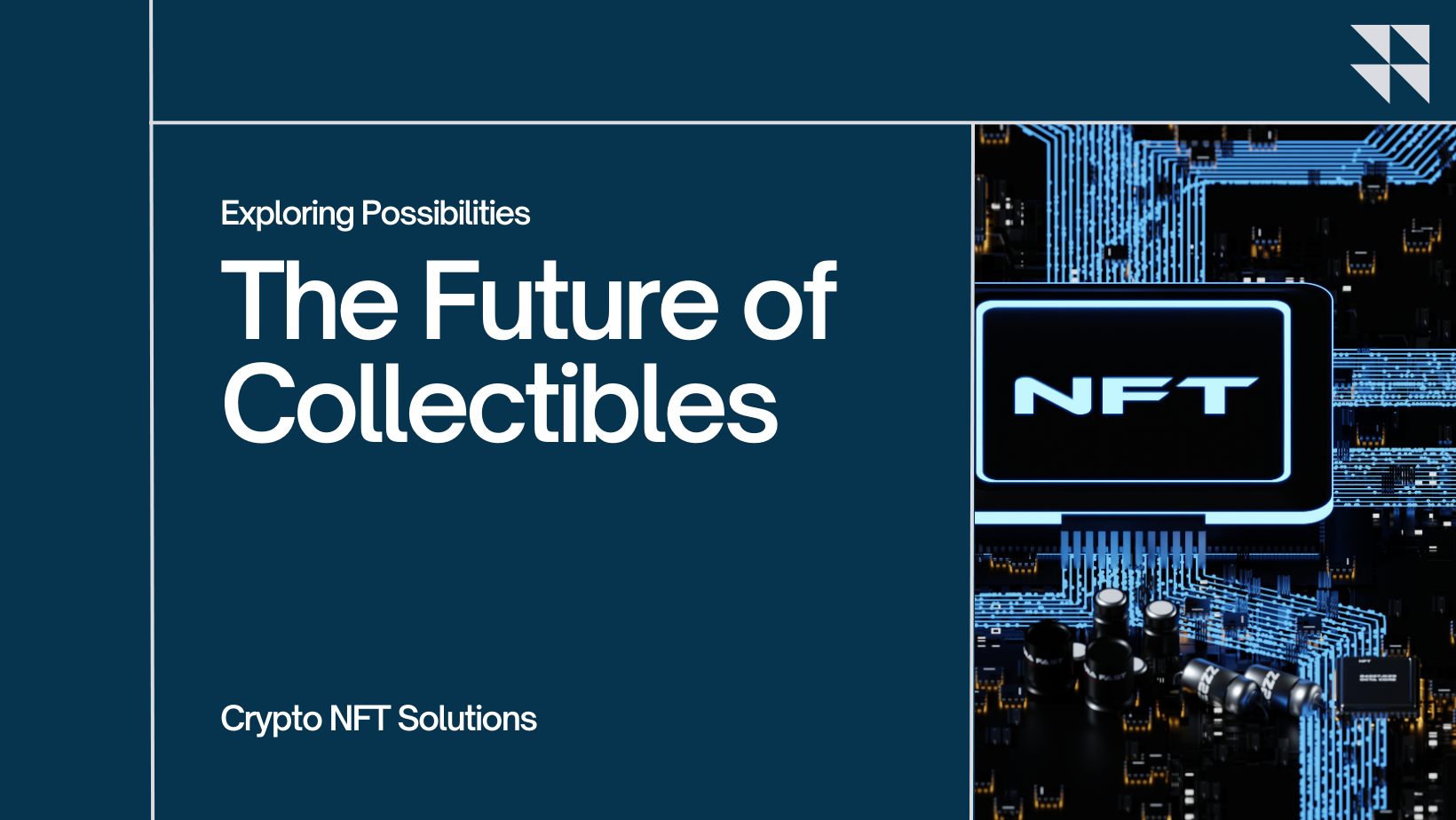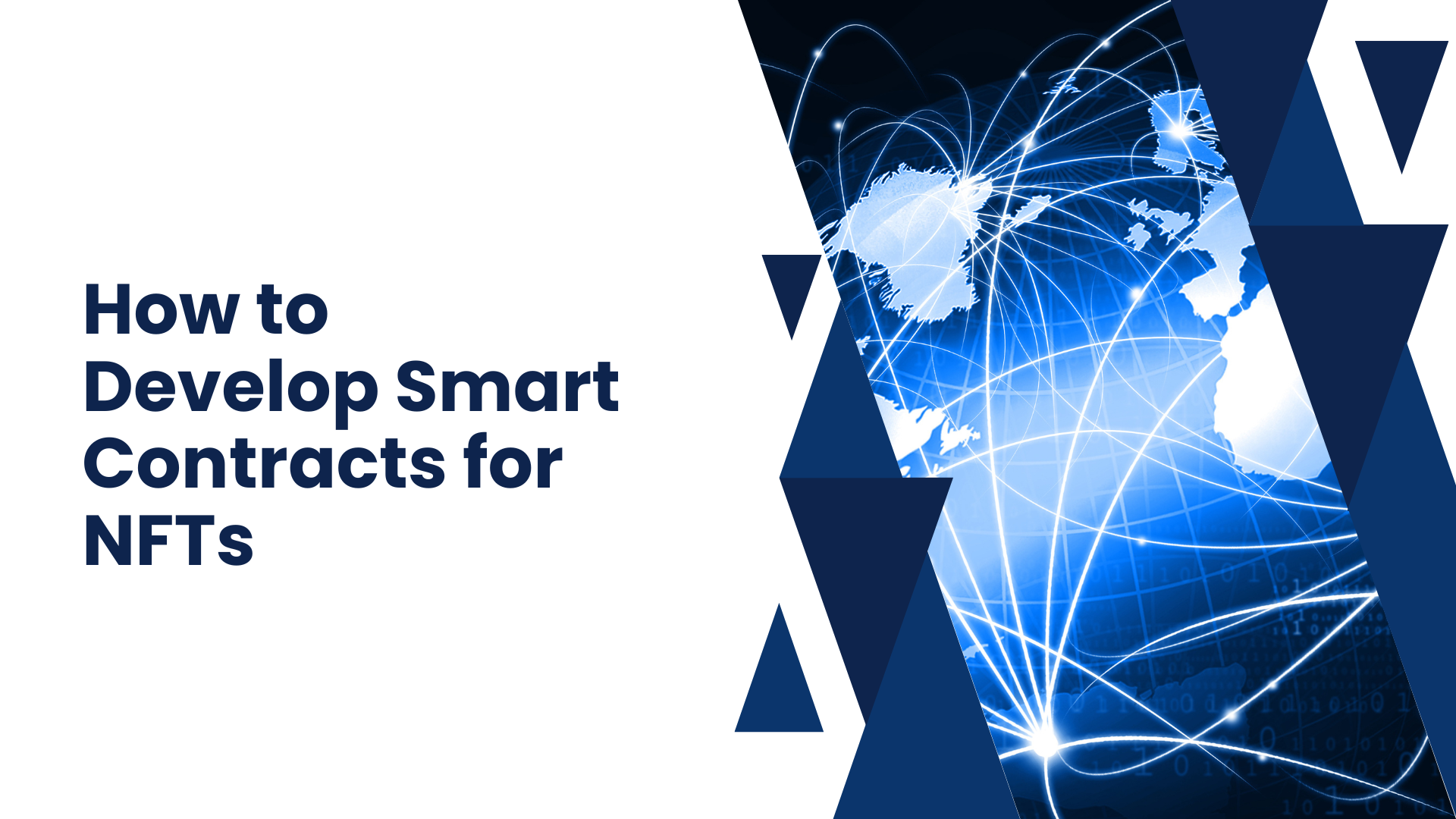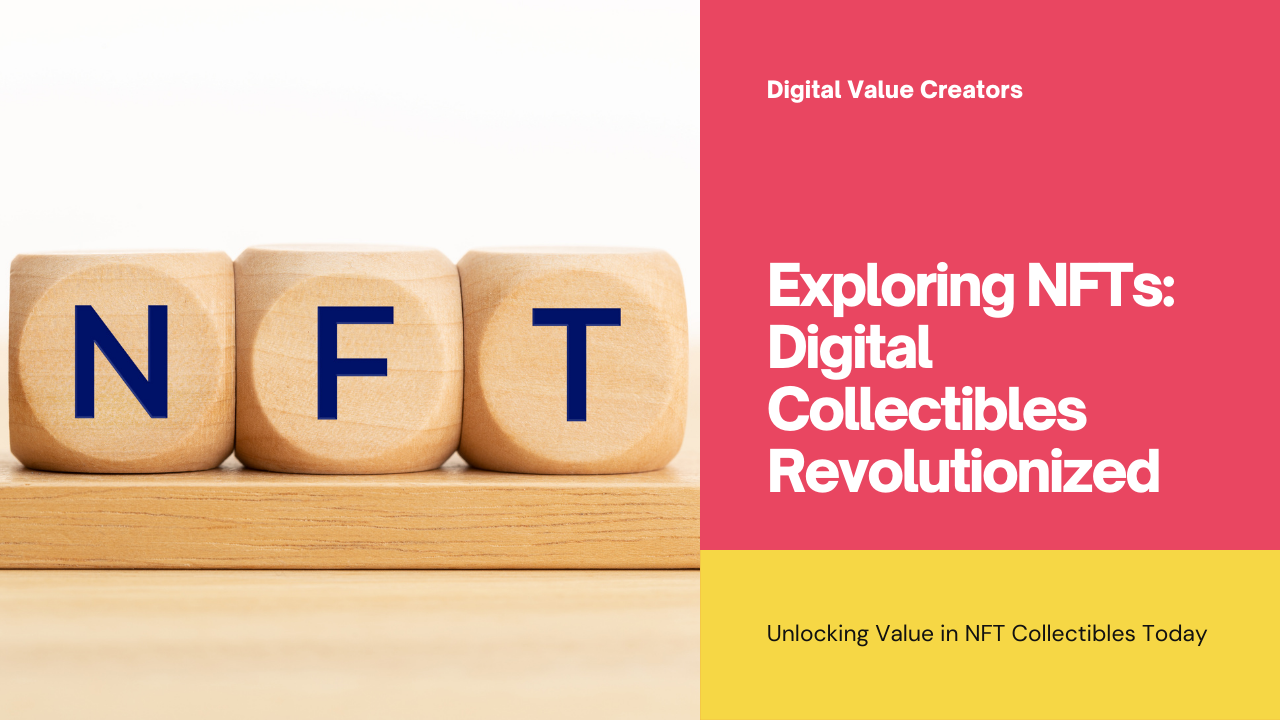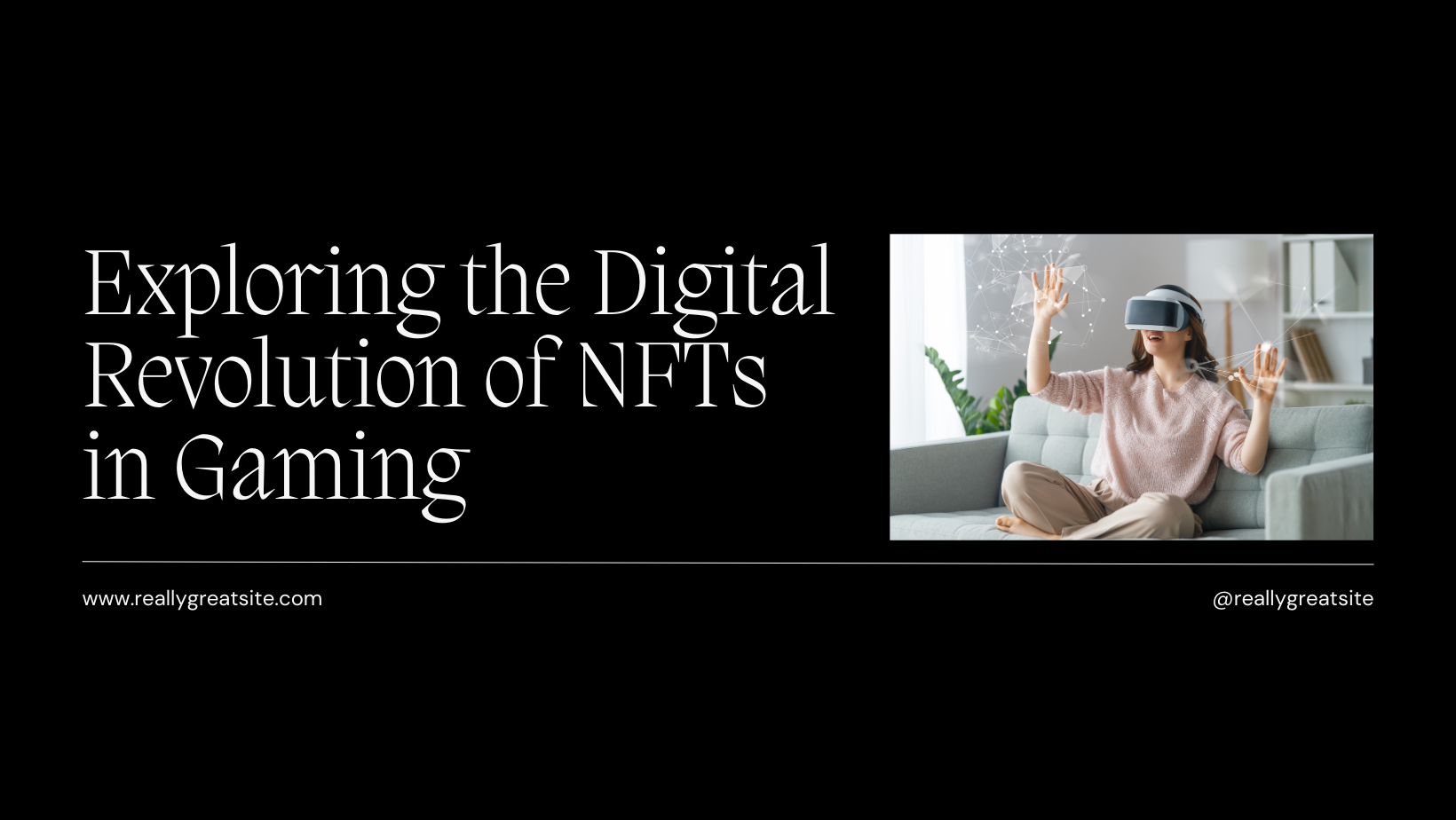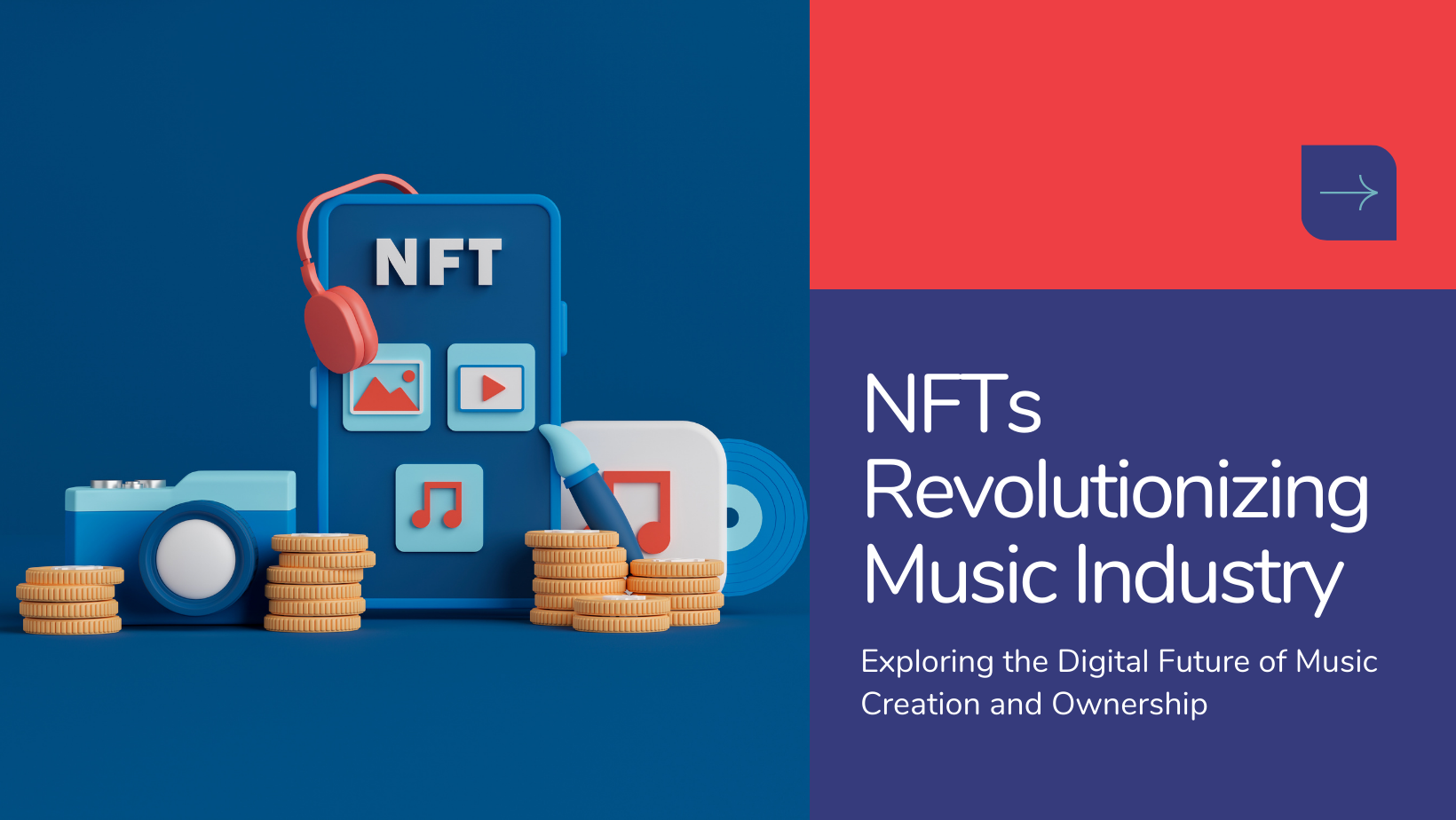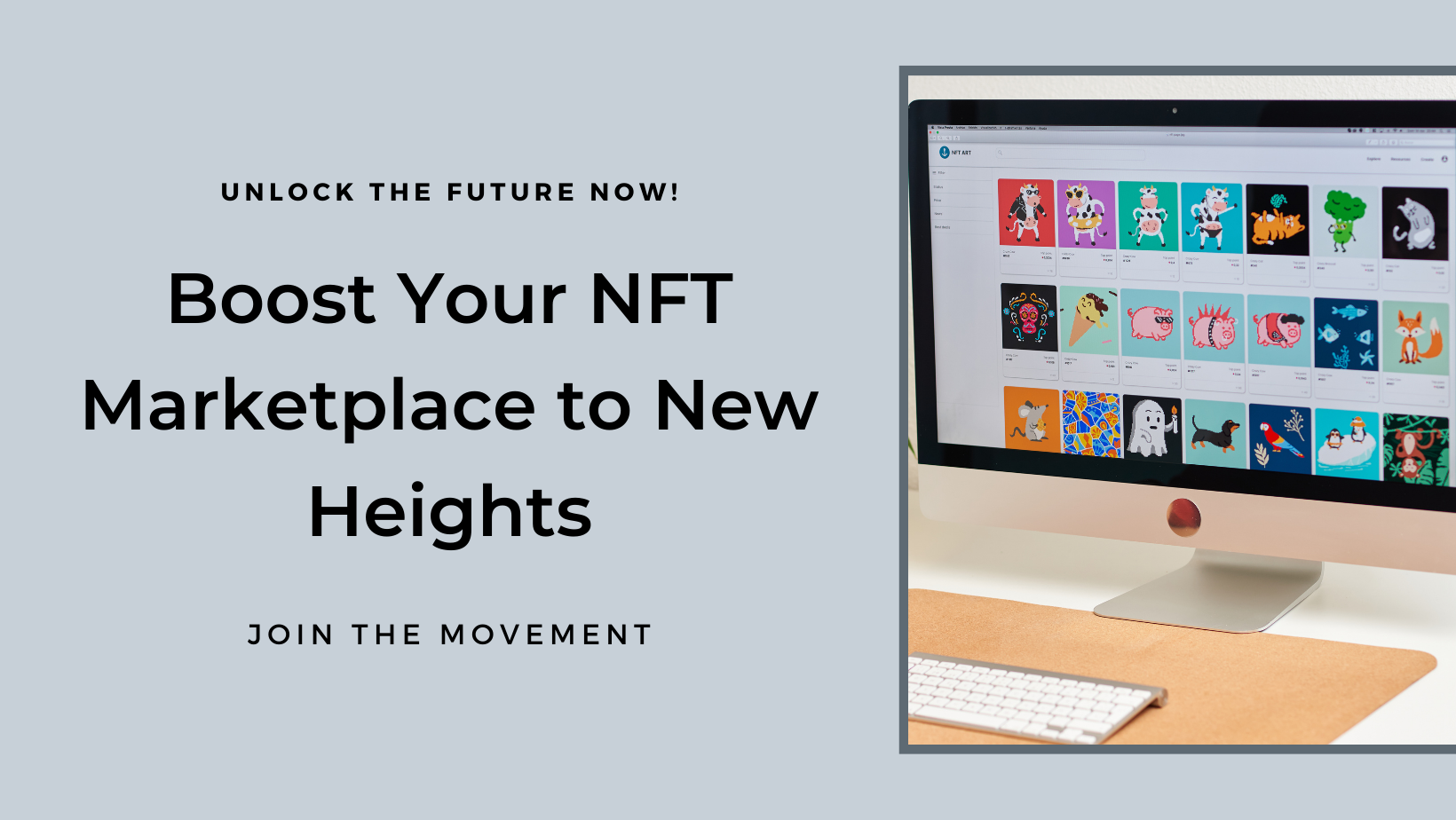Introduction
Non-Fungible Tokens (NFTs) have gained immense popularity in recent years, revolutionizing the digital landscape by providing a new way to own, trade, and monetize digital assets. Central to the functioning of NFTs is blockchain technology. This blog will delve into the crucial role blockchain plays in the creation, verification, and trading of NFTs, highlighting its impact on digital ownership, security, and the future of various industries.
Understanding Blockchain Technology
Blockchain is a decentralized, distributed ledger technology that records transactions across multiple computers. Each block contains a list of transactions, and once a block is completed, it is linked to the previous one, forming a chain. This structure ensures data integrity and security, making blockchain an ideal foundation for NFTs.
Key Features of Blockchain
- Decentralization: Unlike traditional databases controlled by a single entity, blockchain operates on a network of nodes, ensuring that no single point of failure exists.
- Transparency: All transactions are recorded on a public ledger, allowing for complete transparency and traceability.
- Immutability: Once a transaction is recorded on the blockchain, it cannot be altered or deleted, ensuring the integrity of the data.
- Security: Blockchain employs advanced cryptographic techniques to secure transactions and data.
The Birth of NFTs on Blockchain
NFTs are unique digital assets that represent ownership or proof of authenticity of a specific item or piece of content. Unlike cryptocurrencies such as Bitcoin or Ethereum, which are fungible and can be exchanged on a one-to-one basis, NFTs are one-of-a-kind and cannot be replaced or exchanged like-for-like.
How Blockchain Powers NFTs
- Tokenization: Blockchain enables the tokenization of digital assets. Each NFT is a digital representation of a unique item, stored on the blockchain.
- Smart Contracts: Smart contracts are self-executing contracts with the terms directly written into code. They facilitate, verify, and enforce the terms of an agreement, automating the process of NFT creation and trading.
- Ownership Verification: Blockchain ensures that the ownership of an NFT is verifiable and traceable. The decentralized nature of blockchain means that this verification is transparent and tamper-proof.
- Interoperability: NFTs can be built on various blockchain platforms, such as Ethereum, Binance Smart Chain, and Flow, allowing for a wide range of applications and use cases.
Benefits of Blockchain for NFTs
1. Provenance and Authenticity
One of the most significant advantages of NFTs is their ability to prove provenance and authenticity. Blockchain’s immutable ledger ensures that the history of an NFT, including its creation, ownership, and transactions, is recorded and accessible. This transparency helps to verify the authenticity of digital assets, reducing the risk of fraud and counterfeiting.
2. Decentralization and Trust
Blockchain’s decentralized nature eliminates the need for intermediaries, such as galleries, auction houses, or agents, in the trading of digital assets. This direct peer-to-peer interaction builds trust between buyers and sellers, as the blockchain ensures the integrity of the transactions. Additionally, it allows creators to retain more control and a larger share of the profits from their work.
3. Smart Contracts and Automation
Smart contracts automate various aspects of NFT transactions, such as royalty payments to creators each time their NFT is resold. This automation ensures that creators are fairly compensated for their work and reduces the administrative burden of managing transactions. Smart contracts also enable the creation of complex NFTs with multiple layers of ownership or conditional transfers.
4. Interoperability and Flexibility
NFTs are not limited to a single blockchain; they can be created, traded, and utilized across multiple platforms. This interoperability allows for greater flexibility and a broader range of applications. For example, an NFT created on the Ethereum blockchain can be used in a game built on the Binance Smart Chain, providing a seamless experience for users and developers.
5. Enhanced Security
Blockchain’s advanced cryptographic techniques provide a high level of security for NFTs. Each transaction is encrypted and linked to the previous one, making it extremely difficult for hackers to alter or tamper with the data. This security is crucial for protecting the value and ownership of digital assets.
Applications of NFTs Across Industries
1. Art and Collectibles
The art world has embraced NFTs as a way to authenticate and trade digital artworks. Artists can tokenize their creations, sell them directly to collectors, and earn royalties on future resales. This has opened up new revenue streams for artists and democratized access to the art market.
2. Gaming
In the gaming industry, NFTs are used to represent in-game assets, such as characters, items, and virtual real estate. Players can buy, sell, and trade these assets, creating a vibrant secondary market. NFTs also enable true ownership of in-game items, allowing players to transfer them between games or sell them for real-world value.
3. Music and Entertainment
Musicians and entertainers can tokenize their work as NFTs, offering exclusive content, concert tickets, or virtual meet-and-greets to fans. This direct interaction with fans can enhance engagement and loyalty, while also providing new monetization opportunities.
4. Real Estate
NFTs are being explored as a way to tokenize real estate assets, allowing for fractional ownership and easier transfer of property rights. This could revolutionize the real estate market by making it more accessible and liquid.
5. Identity and Certification
NFTs can be used to tokenize identity documents, certificates, and licenses. This can streamline verification processes and reduce the risk of fraud. For example, educational institutions can issue diplomas as NFTs, ensuring that they are easily verifiable and tamper-proof.
Challenges and Considerations
1. Environmental Impact
One of the significant criticisms of blockchain technology, particularly proof-of-work blockchains like Ethereum, is its environmental impact. The energy consumption required for mining and validating transactions is substantial. However, efforts are being made to transition to more energy-efficient consensus mechanisms, such as proof-of-stake, which can mitigate this impact.
2. Scalability
Blockchain networks can face scalability issues, leading to high transaction fees and slow processing times during periods of high demand. Solutions such as layer-2 scaling and sharding are being developed to address these challenges and improve the efficiency of blockchain networks.
3. Regulatory and Legal Issues
The regulatory landscape for NFTs and blockchain technology is still evolving. Issues such as intellectual property rights, taxation, and anti-money laundering compliance need to be addressed to ensure the long-term viability and acceptance of NFTs.
4. User Experience
For mainstream adoption, the user experience of interacting with NFTs and blockchain technology needs to be simplified. This includes improving wallet interfaces, reducing transaction complexity, and providing better education and support for users.
Conclusion
Blockchain technology is the backbone of the NFT revolution, providing the necessary infrastructure for creating, verifying, and trading digital assets. Its benefits, including provenance, decentralization, smart contracts, interoperability, and security, have made NFTs a game-changer across various industries. Despite challenges such as environmental impact and scalability, the future of NFTs looks promising as blockchain technology continues to evolve and mature.
